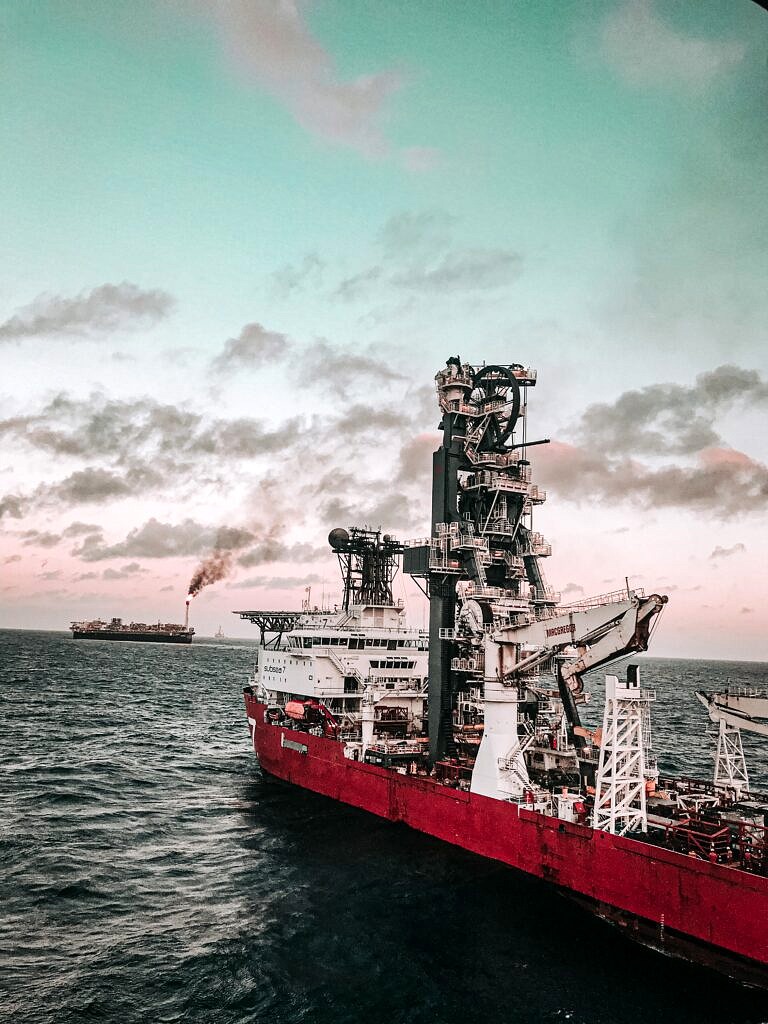There is a common misconception that all corrosion resistant bearings are suitable for underwater use, but this is not the case. Underwater robots, drones, propeller shafts and submerged conveyors all require application specific design considerations and specialist bearings.
Here Chris Johnson, managing director at underwater bearing supplier SMB Bearings, investigates which bearing materials are suitable for underwater use.
Some corrosion resistant bearings can operate when exposed to fresh water, salt water, steam or other chemicals, but not all are suitable for continuous underwater use.
Fully submerging a bearing can impact its lifespan, depending on the material it is made from. One example is 440 grade stainless steel bearings. They are highly resistant to fresh water and weak chemicals, but if placed in salt water or fully submerged, they will quickly corrode.
Bearings commonly fail prematurely because of corrosion, lubricant failure or contamination. If a bearing is not suitable for long-term underwater use, water can enter the component and exaggerate these common issues.
If a housing seal breaks, liquid can enter the system and dilute the lubrication, creating additional friction that can damage the wider part. Salty water or chemicals can also corrode a bearing, leading to the lifespan of the part being cut short.
Design engineers should therefore consider the application and environment of the bearing to ensure their equipment does not unexpectedly deteriorate and lead to costly downtime.
There’s a wide range of bearings that are suitable for submersion but choosing the correct bearing for the application is key. Ceramic bearings are unaffected by salt water, so are applicable for underwater drone usage on offshore energy sites.
Zirconium dioxide or silicon nitride materials are highly durable and can withstand high loads that can be required in propellors or underwater conveyors.
Plastic bearings are also highly corrosion resistant to fresh and salt water and can operate effectively when fully submerged. Plastic alternatives are a less costly solution and have low levels of friction, although load capacity is lower than steel or ceramic bearings.
316 stainless steel bearings operate efficiently fully submerged in fresh water without corroding and under high temperatures, so can be used in low load and speed applications in the marine industry, such as a propellor shaft.
The bearing will also withstand being submerged in salt water if there is a regular flow of water over the bearing to provide the oxygen required to help prevent corrosion.
Investing in appropriate lubrication will ensure the efficiency of a bearing remains high. Waterproof greases can also be added, so lubrication is not diluted by any water contact.
Not all corrosion resistant bearings are suitable for long periods of time underwater, so investing in suitable bearings, like ceramic, plastic or some steels, will allow manufacturers to ensure their products have a long lifespan, without the need to constantly replace damaged or corroded bearings. Researching the different conditions a bearing can withstand helps improve efficiency and reduce the overall cost of replacement parts.


